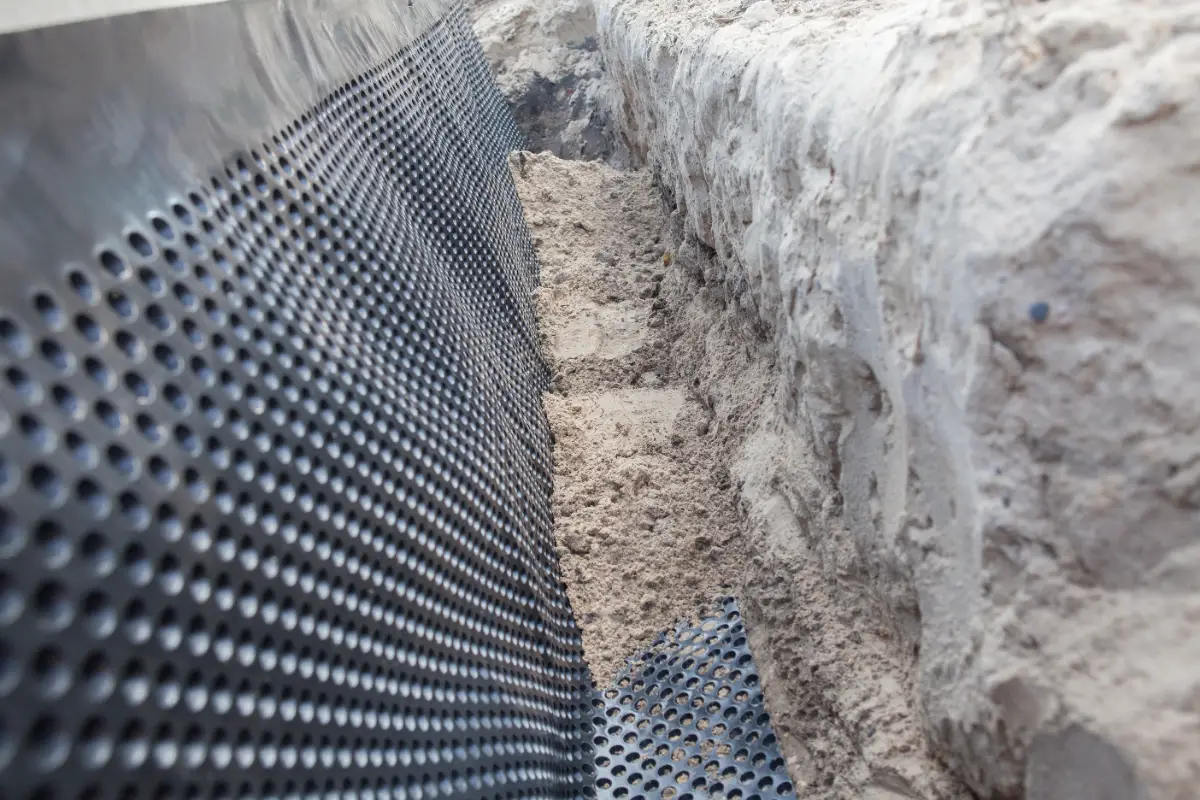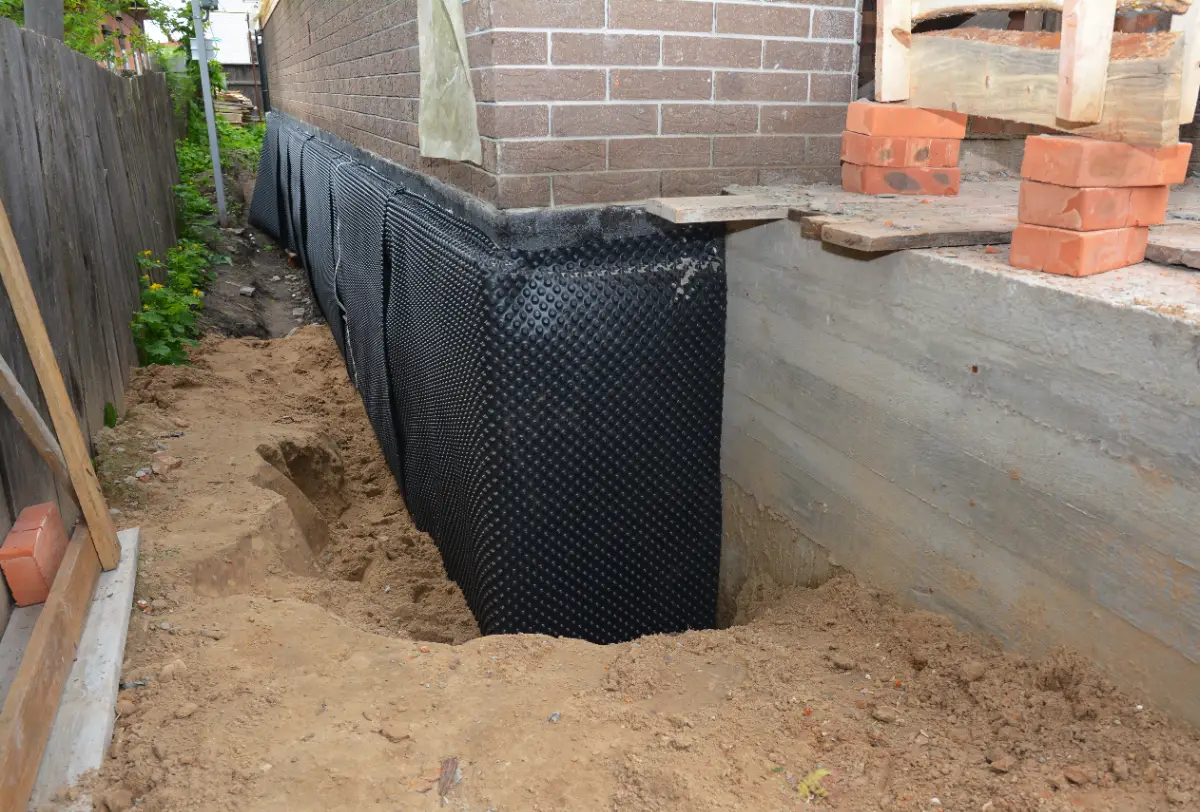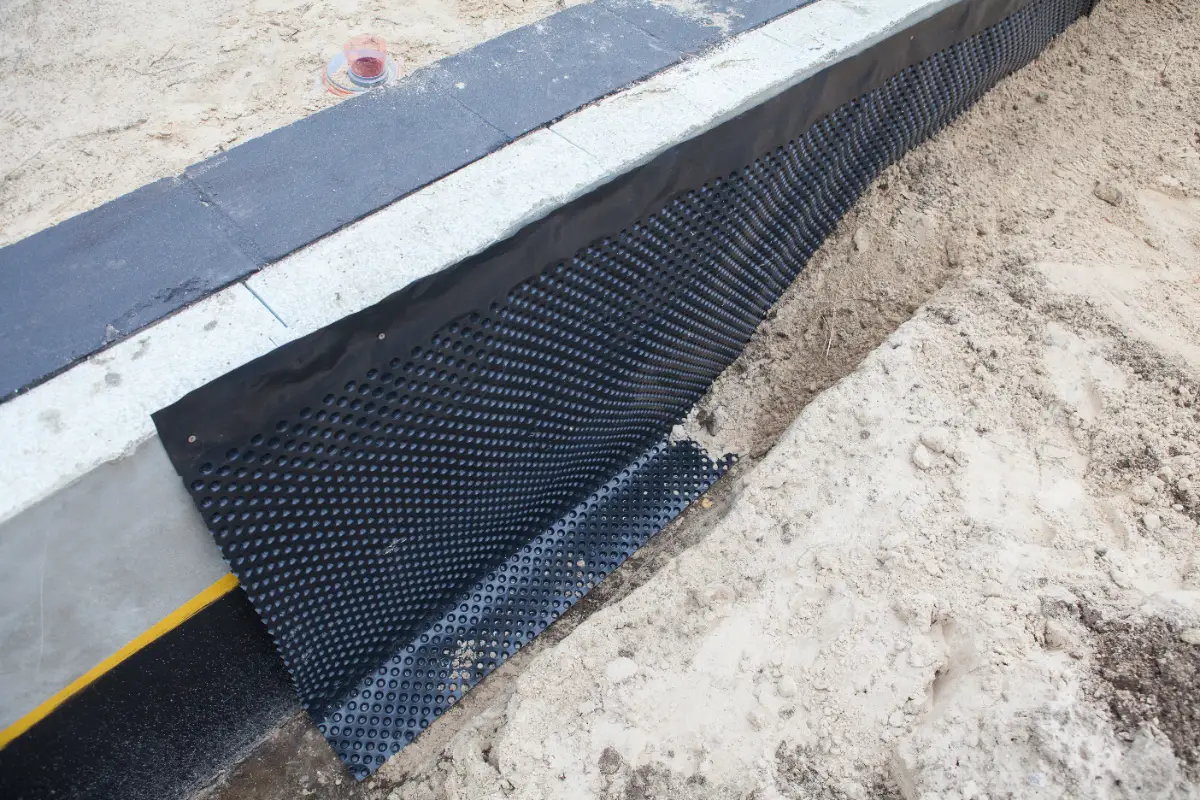Basement Waterproofing in Cedarhurst, NY
Stop Water Damage Before It Starts
Permanent basement waterproofing solutions that actually work – no more wet basements or musty smells.

Hear About Us

Professional Waterproofing Services Cedarhurst
You’ll finally use that basement space without worrying about your belongings getting ruined. No more rushing downstairs during storms to move boxes and furniture away from seeping walls.
The musty smell disappears completely. Your kids can play down there, you can set up that home office, or just store things without everything smelling like a damp cave.
Your heating and cooling bills drop because you’re not constantly fighting humidity that creeps up through the rest of your house. And when it’s time to sell, you’ve got a selling point instead of a liability that scares buyers away.
Basement Waterproofing Company Nassau County
We’ve been solving basement water problems throughout Nassau County for years. We understand how Long Island’s clay soil and seasonal weather create the perfect storm for basement moisture issues.
Most waterproofing companies either don’t know masonry or don’t understand waterproofing. We do both. That means we can properly assess your foundation, identify exactly where water is getting in, and fix it the right way the first time.
We’re not the guys who show up with a high-pressure sales pitch and scare tactics. We’ll tell you what’s actually wrong, what it takes to fix it, and what it costs upfront.

Basement Waterproofing Process Cedarhurst
First, we inspect your basement to find exactly where water is entering. We’re looking at foundation walls, floor joints, window wells, and any cracks or gaps that might be letting moisture through.
Next, we explain what we found and recommend the right solution – whether that’s interior waterproofing, exterior waterproofing, or a combination approach. We’ll tell you why we’re recommending it and what you can expect.
Then we get to work using professional-grade materials and proven methods. For interior work, that might mean installing drainage systems and sump pumps. For exterior work, we excavate and apply waterproof membranes and proper drainage. We clean up completely when we’re done, and your basement stays dry.

Ready to get started?
Explore More Services
About Diamond Masonry & Waterproofing
Get a Free Consultation
Waterproofing Solutions Long Island
You get a complete assessment of your basement’s water issues, not just a quick look around. We identify every potential entry point and explain what’s causing your specific problem.
Our waterproofing work includes professional-grade materials designed for Long Island’s soil conditions and climate. Whether we’re sealing foundation walls, installing interior drainage systems, or applying exterior waterproof membranes, you’re getting materials that last.
We also handle any necessary masonry repairs to foundation walls before waterproofing. Cracks get properly sealed, damaged mortar gets repointed, and everything gets prepped correctly so the waterproofing actually works long-term.

Should I waterproof my basement from the inside or outside?
How long does basement waterproofing typically last?
What causes basement water problems in Cedarhurst homes?
How much does professional basement waterproofing cost?
Can I just seal basement cracks myself instead?
Will waterproofing eliminate the musty smell in my basement?
Local Resources
- Google Map Link
- Find the Cedarhurst, NY USPS
- Locate Nearby Cedarhurst, NY Pharmacies
- View the Current Weather in Cedarhurst, NY
- Cedarhurst, NY is located in Queens county in New York State